Progressive Muscle Relaxation – The Ultimate Stress Buster
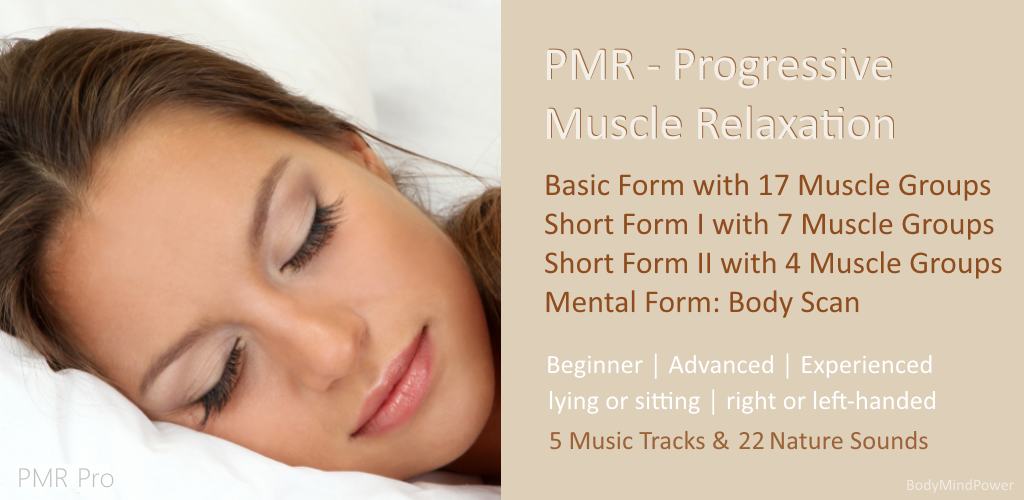
Stress is now a regular part of our lives. Everybody struggles with managing their daily activities, work, and social responsibilities, as well as the stress that comes along. Stress can have serious consequences for our mental and physical health if it is not managed well. Progressive muscle relaxation is a proven method to reduce stress and improve well-being.
What is Progressive Muscle Relaxation?
Progressive Muscle Relaxation (PMR), a deep relaxation technique, involves relaxing and tensing muscles throughout the body. This technique was developed by American physician Edmund Jacobson in early 1920s. It has been extensively used in stress management and relaxation exercises. PMR is a powerful technique to calm the mind, body, and reduce stress.
How does PMR work?
PMR works by gradually relaxing muscles, tensing for a short time, and then slowly releasing tension. This process calms the mind and body, which reduces stress and anxiety. PMR is based upon the idea that tension can help release stress and tension. You will feel more relaxed, comfortable, calm, and at ease when you let go of tension.
The Benefits of PMR
PMR is a powerful tool for managing stress and anxiety. Here are some benefits of PMR.
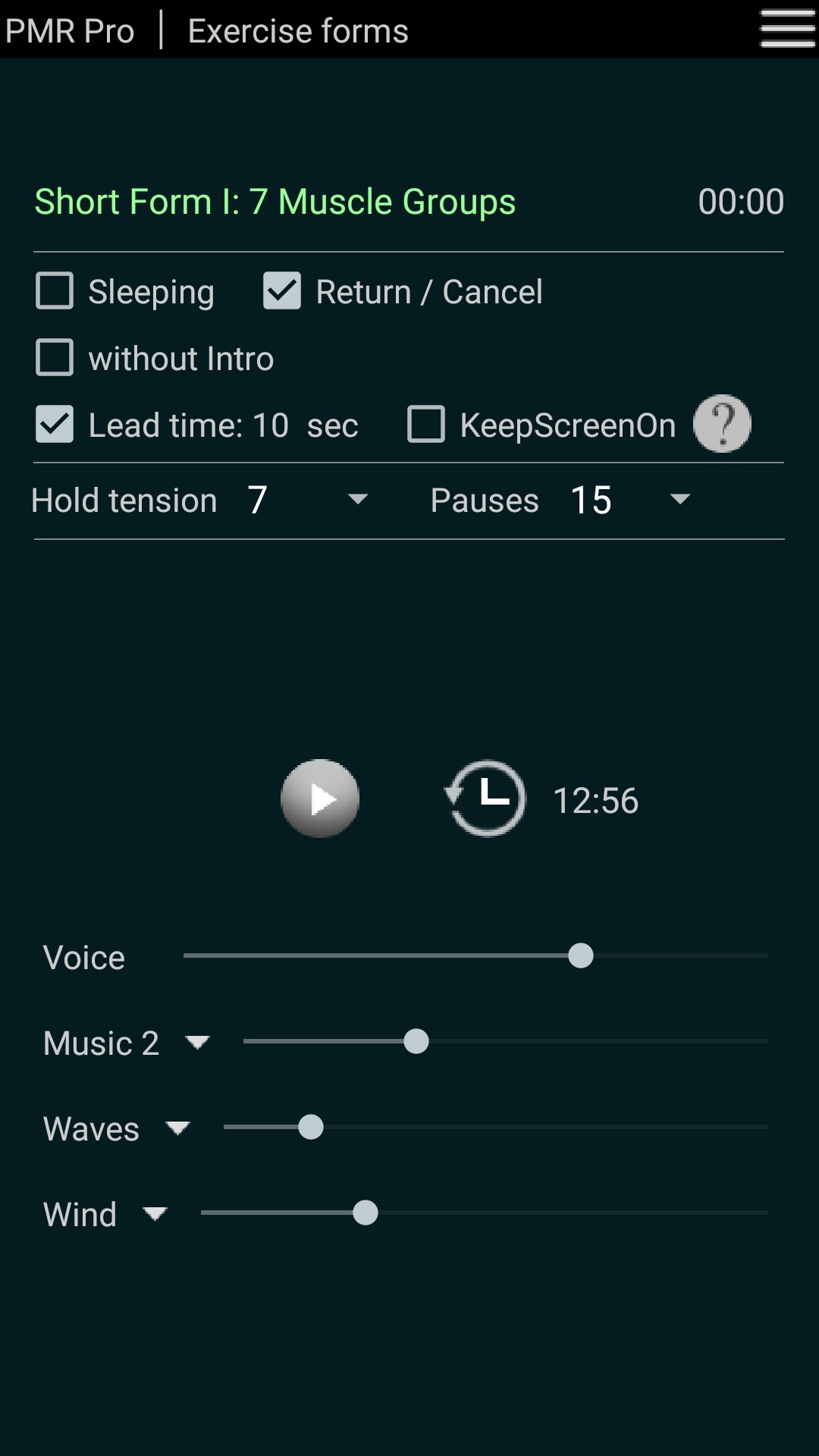
1. Reduces stress and anxiety
PMR is well-known for its ability to reduce anxiety and stress levels. It calms the mind, relaxes the body, and gives you a feeling of peace and tranquility. Regular practice of PMR can help with stress management and lead to a happier, healthier life.
2. Improves sleep quality
PMR is a powerful tool to improve your sleep quality. It is easier to fall asleep and stay asleep when you are calm and relaxed. PMR before bedtime can help to achieve a restful night’s sleep, and wake up feeling rejuvenated and refreshed.

3. Lower blood pressure
High blood pressure can lead to a variety of health problems. PMR can lower blood pressure, which can reduce the risk of stroke and heart disease.
4. Improves overall well-being
PMR is a holistic approach that promotes well-being. It can improve your mental and physical health. It can help you cultivate a sense mindfulness and awareness that can lead to a greater sense of well-being.
How to practice PMR:
It is easy to practice PMR. These are the steps:
Step 1: Locate a quiet spot

You need to find a quiet, comfortable space where you won’t feel disturbed. This could be your bedroom, living room or any other quiet place where you can unwind and relax.
Step 2: Find a comfortable position
You can either lie down on your back, or in a chair that is more comfortable. Your body should be in a relaxed, comfortable position.


Step 3: Tend Your Muscles
Start with your feet, tense your muscles in your toes. Next, move to your calves, thighs and so forth. Tend each muscle group for 5-10 second, then let go slowly.
Step 4: Relax your Muscles
After you have released any tension in your muscles, relax for 10-15 seconds and then focus on the feeling of relaxation in your body.
Step 5: Move on to the Next Muscle Group
Next, move to the next muscle group. Continue working your way up until you reach your neck and head. Tend to relax each muscle group and hold it for at least 10-15 seconds.

Step 6: Stop the Session

After you have completed the relaxation and tension exercises for all muscle groups, take some deep breaths and slowly open up your eyes. You can stay in this relaxed state for a few minutes before you get up and start your day.
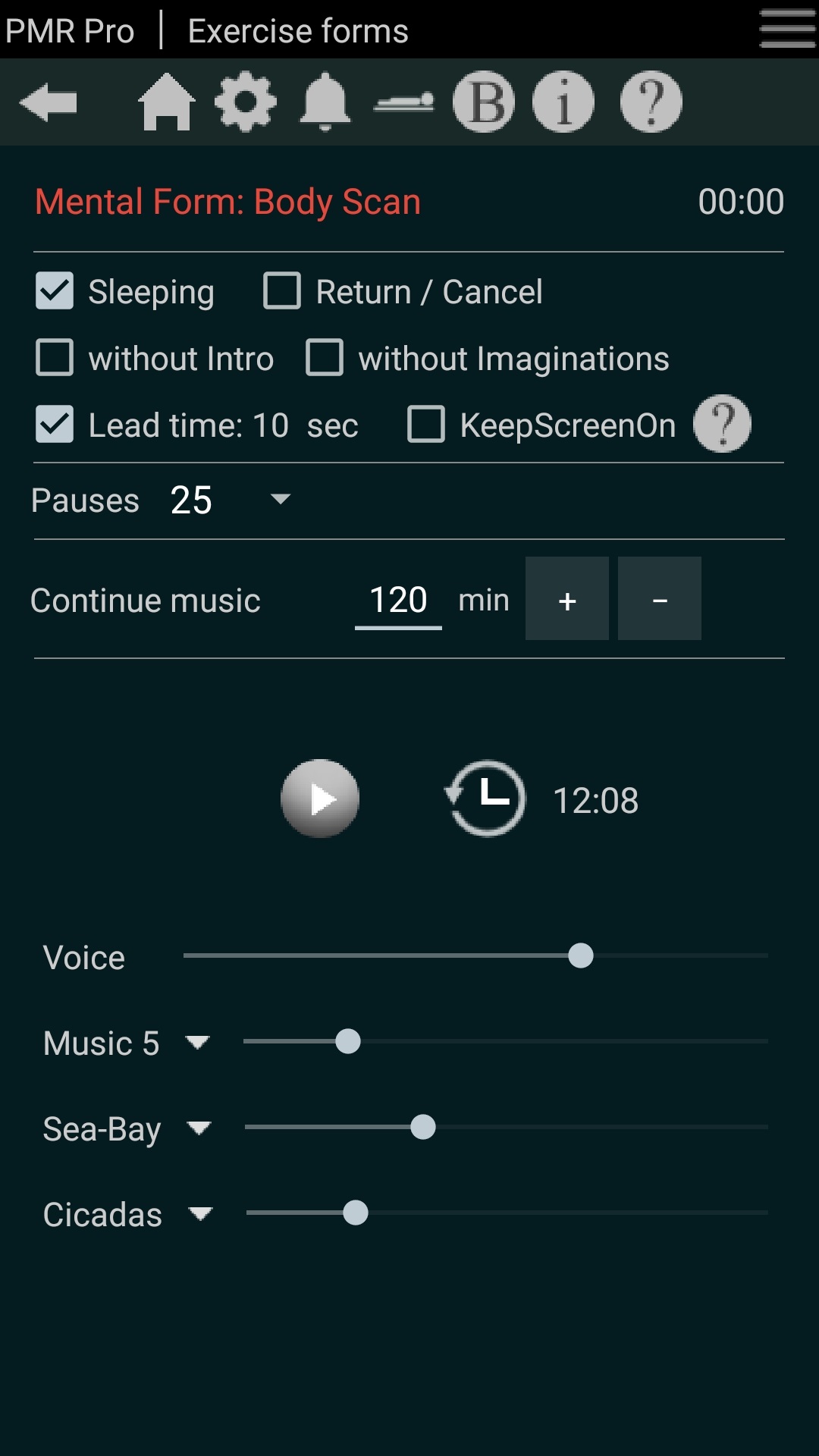
Tips for Effective PMR
Here are some tips for making your PMR practice more efficient:
1. Do it regularly:

For maximum benefits, practice PMR regularly. It is a good idea to do it at least once per day, and preferably at the exact same time each day.
2. Create a relaxing atmosphere
Relaxation is possible by creating a peaceful and calm atmosphere for your PMR practice. To enhance your experience, dim the lights, light candles or play soft music.
3. Focus on your Breath
PMR is a fundamental part of breathing. Pay attention to how you breathe during tension and relaxation phases. Inhale during the tension phase and exhale during the relaxation phase.
4. Be Patient:
PMR is a slow process that requires patience and time. If you don’t see immediate results, don’t be discouraged. You will start to see the benefits of PMR for your well-being with consistent practice.
Final Thoughts
Progressive muscle relaxation is a powerful technique that can help with anxiety and stress management. It is simple, easy, and accessible to help you relax your mind and body. Regular practice of PMR can help you feel calm and inner peace. This will make your life more joyful, relaxed, and fulfilling.

 Translate English to Albanian Review
Translate English to Albanian Review  The Jackbox Party Pack 4: A Must-Have Game for Parties and Gatherings
The Jackbox Party Pack 4: A Must-Have Game for Parties and Gatherings 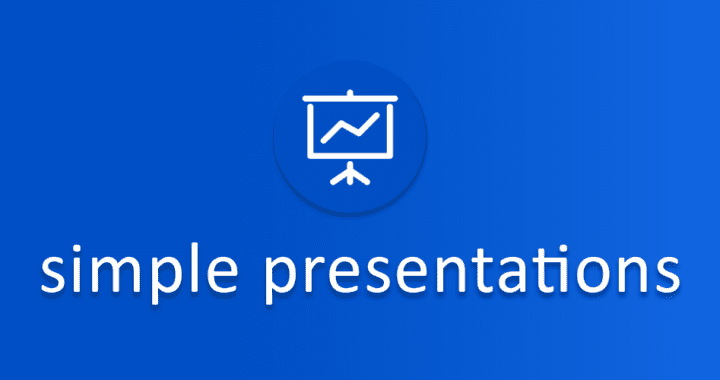 Simple Presentations with PowerPoint, KeyNote, Google Slides
Simple Presentations with PowerPoint, KeyNote, Google Slides 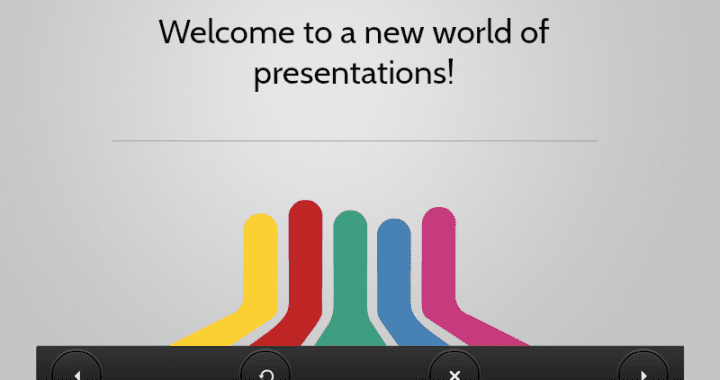 Review of Sumanth Raghavendra Deck of Presentations
Review of Sumanth Raghavendra Deck of Presentations  DoggCatcher LLC Podcast Player Review
DoggCatcher LLC Podcast Player Review 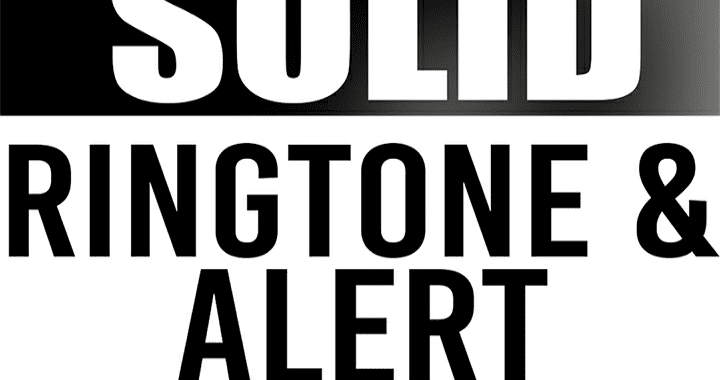 Metal Gear Solid Ringtone Review: A Must-Have Alert for Fans
Metal Gear Solid Ringtone Review: A Must-Have Alert for Fans 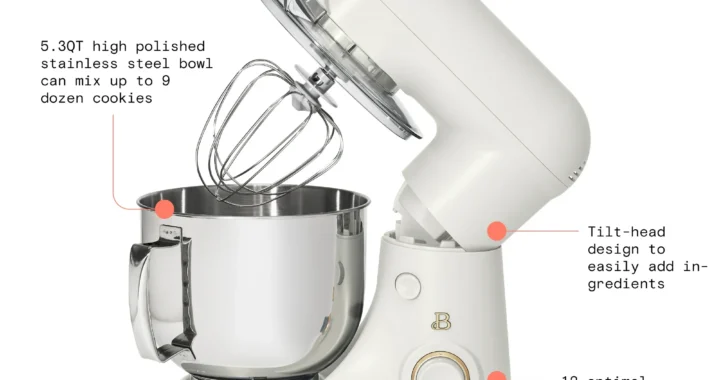 Elevate Your Baking with the Stylish and Powerful Drew Barrymore 5.3-Quart Stand Mixer
Elevate Your Baking with the Stylish and Powerful Drew Barrymore 5.3-Quart Stand Mixer 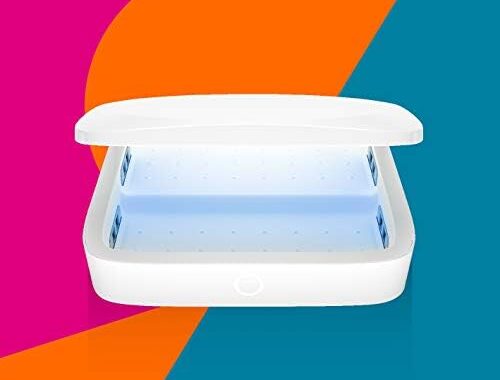 Review of the Sterilizer Charging Wireless Certified Sanitizer
Review of the Sterilizer Charging Wireless Certified Sanitizer  DESTEK VR Controller Review
DESTEK VR Controller Review